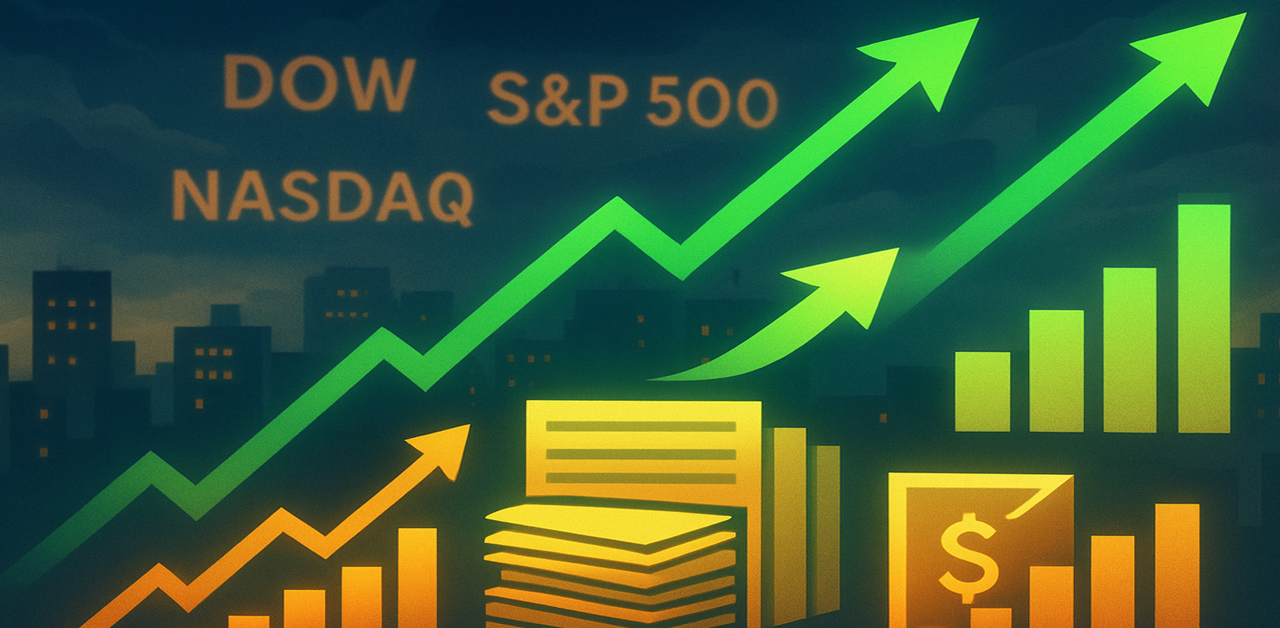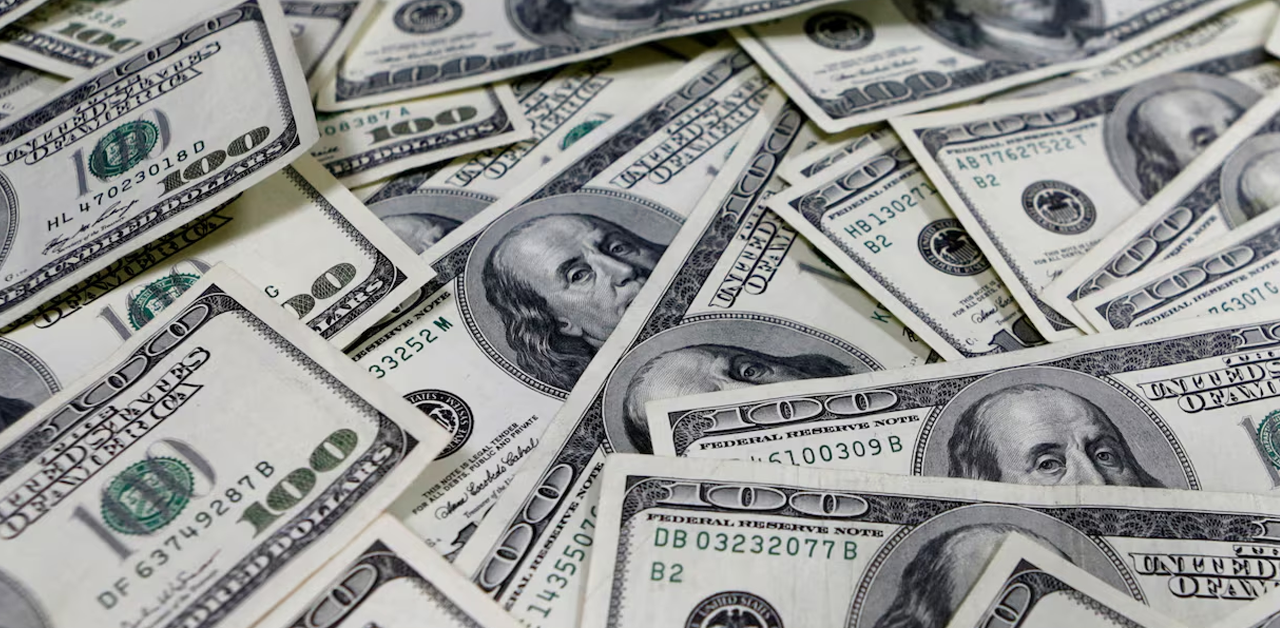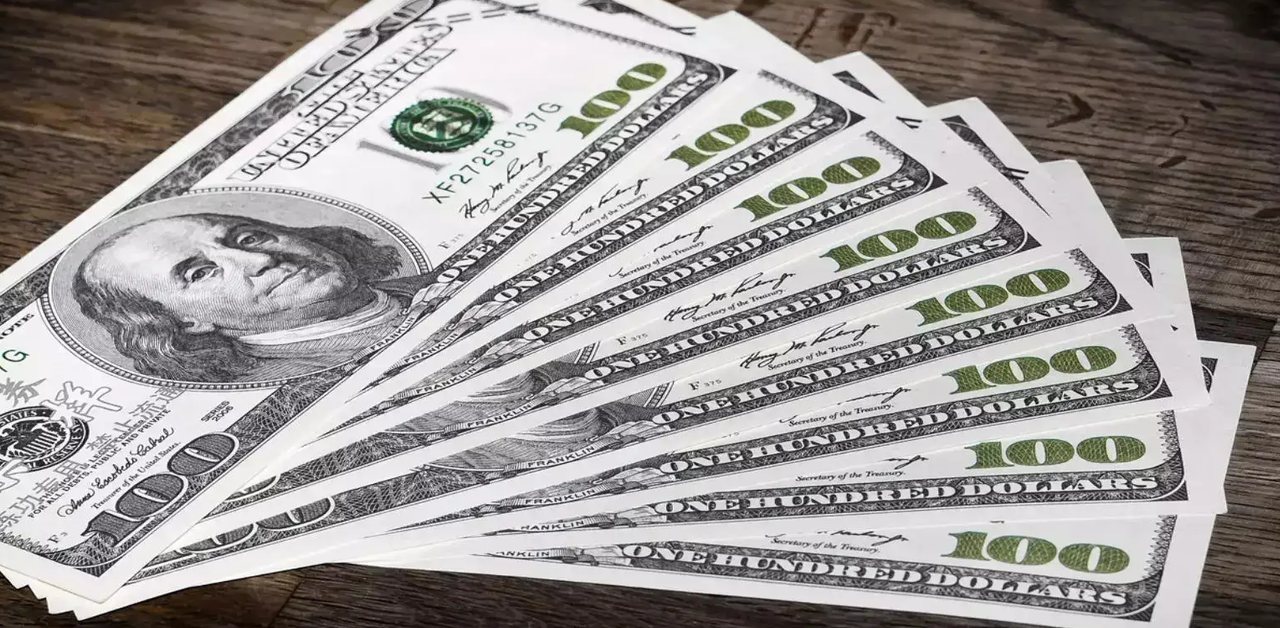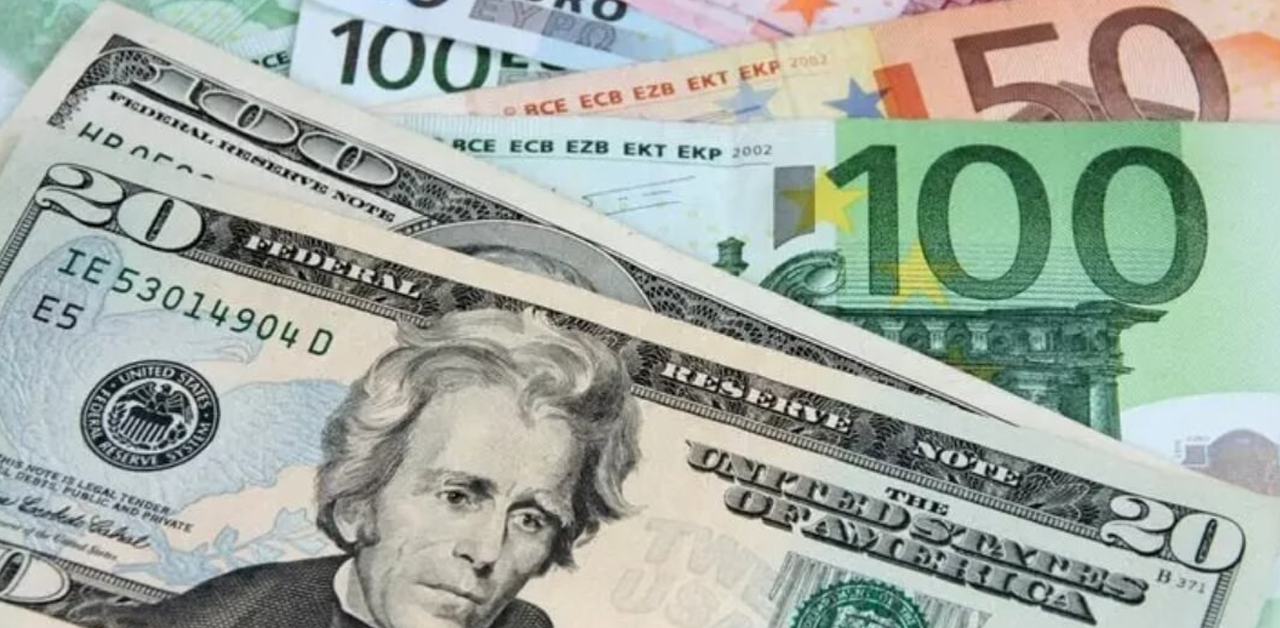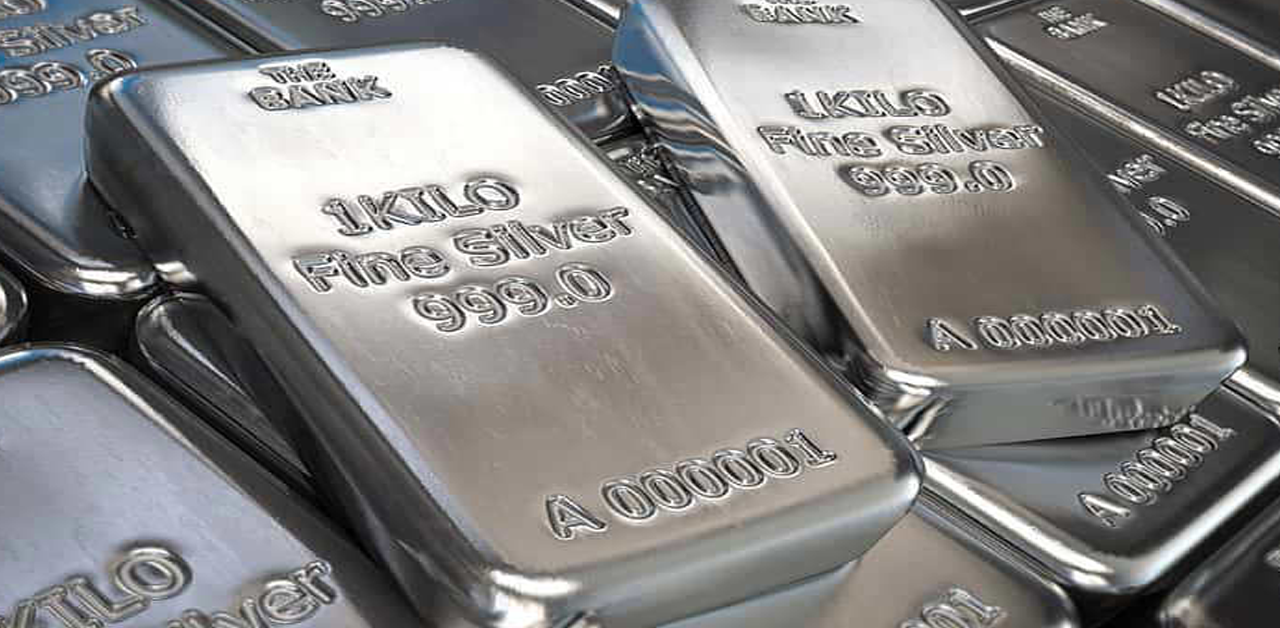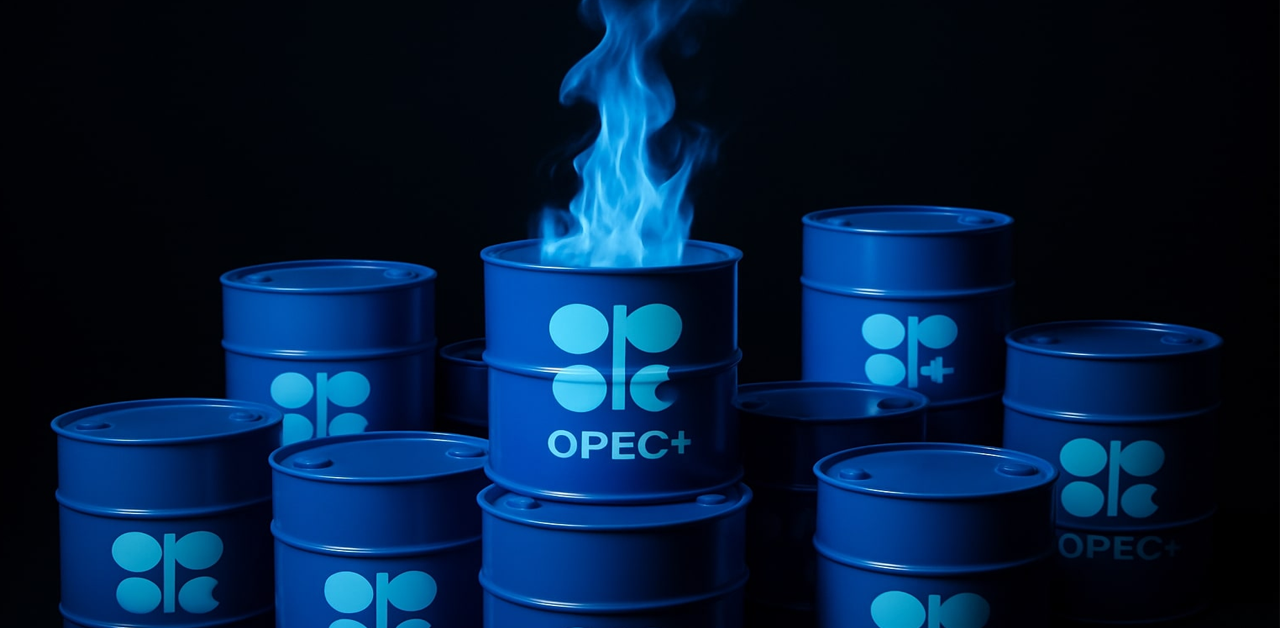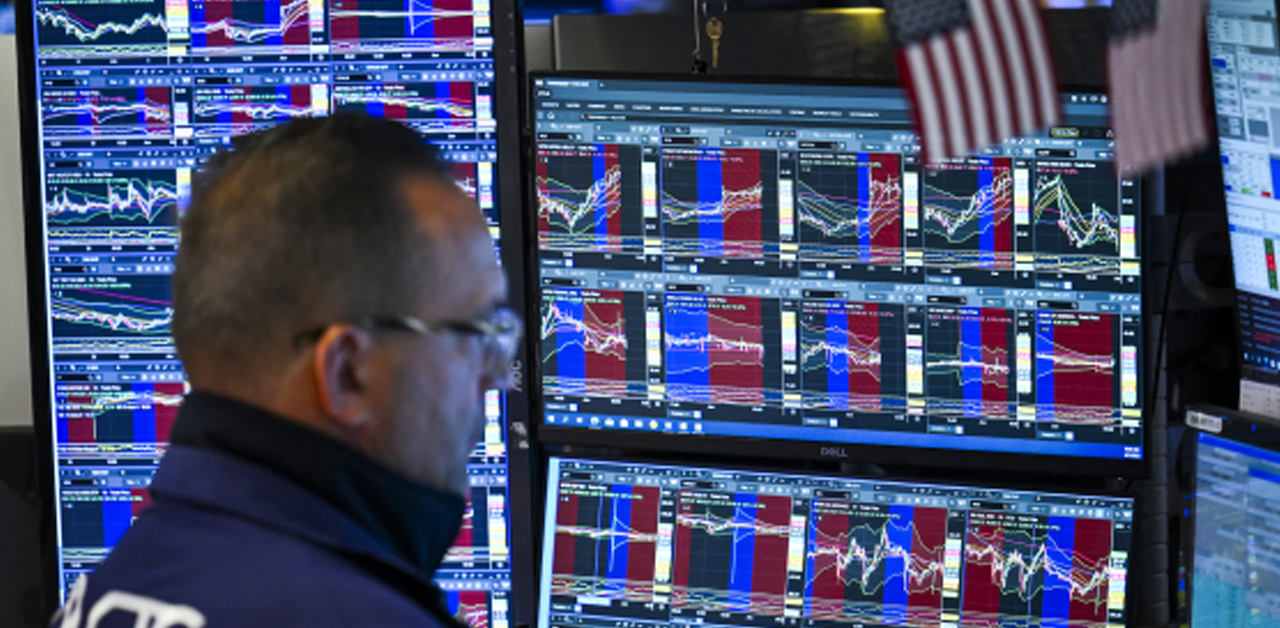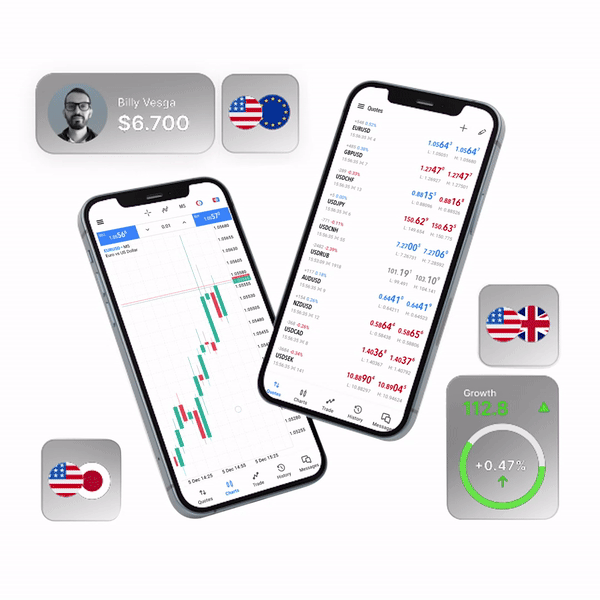Dow falls for the fourth day in a row
On Tuesday, the market fluctuated between gains and losses as concerns about inflation, interest rates, and the economy weighed on investors. The NASDAQ Composite, which is heavily weighted in technology, was up 2.8 percent at one point. Stocks had virtually lost those gains by late morning, and they seemed to be on course to continue a painful three-day slump. However, as the day progressed, investors’ focus shifted to Wednesday’s consumer price report and the prospect that inflation had peaked, and equities began to recover.
The S&P 500 rose 9.81 points, or 0.2 percent, to 4001.05, a day after the broad index fell 3.2 percent to its year-low. To 11737.67, the NASDAQ Composite Index rose 114.42 points, or 1%. “The market misread the consumer price index, resulting in the afternoon rebound,” said Matt Peron, director of research at Janus Henderson Investors.
The Dow Jones Industrial Average dropped for the fourth trading session in a row, reaching a 52-week low. At 32160.74, it was down 84.96 points, or 0.3 percent. A concoction of geopolitical threats and economic headwinds is unsettling markets and presenting the greatest threat to global growth in years. In the United States, the Federal Reserve has begun raising interest rates in response to rising inflation, and investors are concerned that the move may send the country into recession.
Global markets are also in a state of flux. Resurgent Covid-19 breakouts in China, as well as Beijing’s rigorous response to them, threaten to resurrect the supply chain bottlenecks that drove inflation higher in the first place. The crisis in Ukraine threatens to keep energy costs high in Europe, putting a damper on the region’s prosperity.
“People came in this morning anticipating a relief rally after being hammered the past several days,” said Joe Quinlan, Merrill’s and Bank of America Private Bank’s head of CIO Market Strategy. “However, we have seldom seen three big market-moving factors combine, such as inflation in the United States, Covid difficulties in China, and the crisis in Ukraine.” Some buyers bought equities that had been hammered by the headwinds early Tuesday.
“At this point, everyone is waiting to see if we’ve bottomed,” said Quincy Krosby, LPL Financial’s Chief Equity Strategist. “I have a feeling we haven’t hit bottom yet.” Ms. Krosby expects Wednesday’s publication on new consumer-price index data to show that inflation climbed at a slower pace in April than the previous month. She emphasised that investor opinion may shift on a dime. A speech by Fed Chairman Jerome Powell in January 2019 hinted that the central bank would be conservative with rate hikes, reversing a major market selloff.
Mr. Quinlan believes the market has entered a new period, and investors are more likely to wait for convincing proof that the obstacles have passed before speculating on the equities reaching a bottom. He stated, “Investors are quite suspicious right now.” “They want to see the data,” says the source. They refuse to pay attention to policymakers. Any enhancements will help construct the bottom scaffolding. But we haven’t arrived yet.” Peloton Interactive slumped $1.23, or 8.7%, to $12.90 after announcing lower sales and rising losses as the stationary-bike maker grapples with the return of pre-pandemic consumer habits.
Pfizer said it will purchase the balance of Biohaven Pharmaceutical Holding Co. for roughly $11.6 billion, sending the stock up $56.86, or 68 percent, to $140. After Prologis announced that it had made an offer to purchase Duke Realty for $23.7 billion, the stock gained $1.87, or 3.9 percent, to $49.58. The stock of Prologis dropped $6.96, or 5.3 percent, to $125.41. The yield on the benchmark 10-year Treasury note fell to 2.990 percent on Tuesday, down from 3.080 percent the day before. Overseas, the Stoxx Europe 600 index gained 0.7 percent. In Asia, the Nikkei 225 fell 0.6 percent, the Shanghai Composite jumped 1.1 percent, and the Hang Seng Index in Hong Kong fell 1.8 percent.


